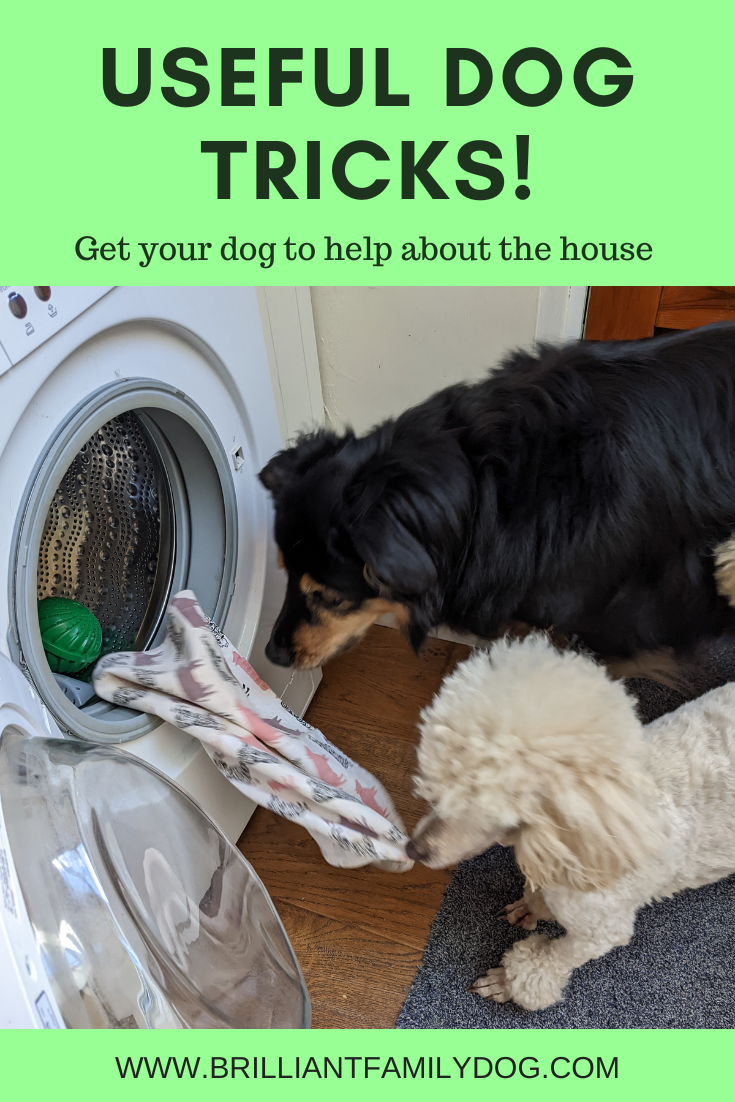The old-fashioned emphasis on “obedience” has led a lot of people astray.
It’s strange that this fixation on obedience was abandoned in schools a long time ago. The pupil’s wellbeing and engagement is rated much more highly.
Blind obedience is only expected in the armed forces, not in everyday life!
And yet people still have an expectation that their dog should instantly and without thought OBEY their every “command”.
It’s all the wrong way of looking at it.
Happiness leads to “obedience”
The long and the short of it is that if you take care of your dog’s physical and emotional wellbeing, you’ll automatically have an “obedient” dog.
Why?
Because dogs are easygoing creatures who, like us, value a warm bed, a full stomach, and a life free of conflict. And like us, we appreciate those that provide those things.
So naturally, dogs are ready to comply with whatever works to provide these essentials and these comforts.
We just need to tap into that mutual admiration, and you will have a confrontation-free environment, a compliant and happy dog, and a happy owner!
Read this article in Psychology Today for more on this.
“But my dog …..”
If your dog does not fit this happy model, I suggest there are things happening that are interfering.
It’s not that your dog is disobedient. It’s that something in your relationship is missing.
Do watch our free Workshop on getting your dog to LISTEN! There’s plenty of sound advice there, and a lesson which people find amazingly transformative. If you only learn one thing, let it be this game!
















